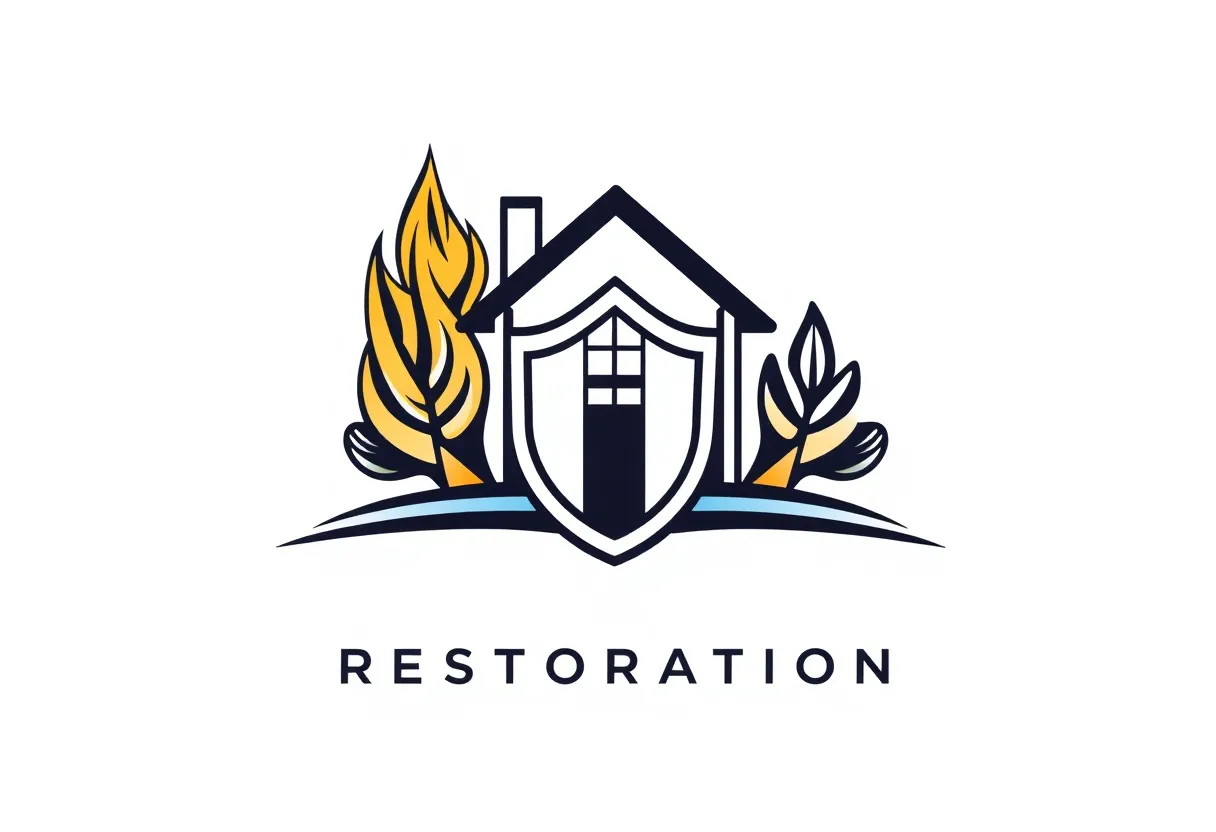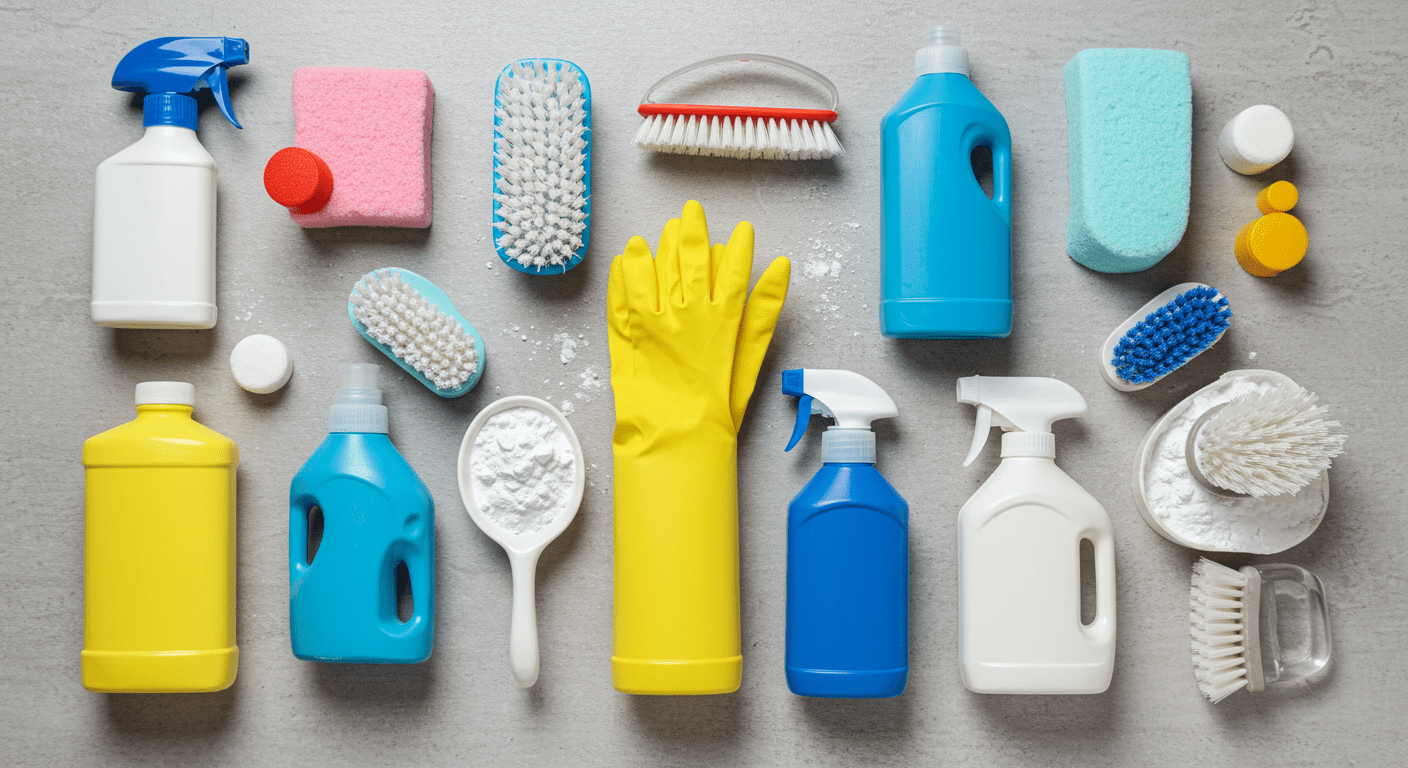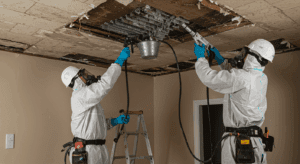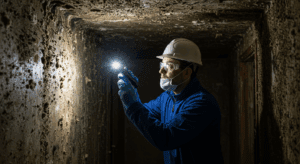Mold is a common household problem that can pose serious health risks and damage the structural integrity of your home. Whether you’re dealing with a small patch of mold or a widespread infestation, knowing the best way to kill mold is essential for maintaining a safe and healthy living environment. This guide will walk you through effective mold removal techniques, post-cleanup maintenance, and prevention strategies to ensure your home stays mold-free.
Understanding Mold and Its Risks
Types of Mold Commonly Found in Homes
Mold comes in various forms, with black mold, green mold, and white mold being the most common types found in homes. Black mold, also known as Stachybotrys chartarum, is particularly notorious for its potential health hazards. Green mold often grows on food or damp surfaces, while white mold is typically found on organic materials like wood and fabric. Identifying the type of mold in your home is the first step in determining the appropriate removal method.
Health Risks Associated with Mold Exposure
Exposure to mold can lead to a range of health issues, especially for individuals with allergies, asthma, or compromised immune systems. Common symptoms include respiratory problems, skin irritation, and watery eyes. Prolonged exposure to toxic molds, like black mold, can result in more severe health complications. Understanding these risks underscores the importance of addressing mold issues promptly.
For more insights into the health implications of mold, check out our guide to understanding mold in your Jersey City home.
Essential Steps for Mold Removal
Preparing for Mold Cleanup: Safety Gear and Precautions
Before tackling mold removal, it’s crucial to prioritize safety. Equip yourself with protective gear, including gloves, goggles, and an N95 mask, to prevent exposure to mold spores. Ensure the affected area is well-ventilated, and seal off other parts of your home to contain the spread of spores. These precautions are vital for a safe and effective cleanup process.
Effective Cleaning Solutions: Natural vs. Chemical Options
When it comes to cleaning solutions, you have two primary options: natural remedies and chemical cleaners. Natural solutions like vinegar and baking soda are eco-friendly and effective for small mold patches. For more severe infestations, chemical cleaners like bleach or commercial mold removers may be necessary. However, always follow the manufacturer’s instructions and avoid mixing chemicals to prevent harmful reactions.
Step-by-Step Mold Removal Techniques for Different Surfaces
- Walls and Ceilings: Use a scrub brush and a cleaning solution to remove mold from painted walls. For porous surfaces like drywall, replacement may be necessary.
- Wood: Gently scrub the affected area with a soft brush and a mild detergent solution. Avoid soaking the wood to prevent further damage.
- Fabric: Wash moldy fabrics in hot water with detergent. For stubborn stains, add a cup of white vinegar to the wash cycle.
For professional assistance, explore our list of top mold removal companies near you in Newark, NJ.
Post-Removal Cleanup and Maintenance
Safely Disposing of Contaminated Materials
After removing mold, it’s essential to dispose of contaminated materials properly. Seal moldy items in plastic bags before discarding them to prevent the spread of spores. For large-scale infestations, consider hiring a professional disposal service.
Cleaning Tools and Equipment After Mold Removal
Thoroughly clean and disinfect all tools and equipment used during the mold removal process. This step ensures that no mold spores remain, reducing the risk of recontamination. Use a mixture of water and bleach or a commercial disinfectant for optimal results.
Ensuring Indoor Air Quality Post-Cleanup
Improving indoor air quality is a critical aspect of post-mold removal maintenance. Use air purifiers with HEPA filters to capture any lingering spores. Additionally, consider scheduling a professional air quality test to ensure your home is safe and mold-free.
Preventing Future Mold Growth
Tips for Maintaining Low Humidity Levels
High humidity levels create the perfect environment for mold growth. Use dehumidifiers to maintain indoor humidity below 60%. Regularly check for leaks and promptly repair any water damage to prevent moisture buildup.
Importance of Proper Ventilation and Insulation
Proper ventilation in areas like bathrooms, kitchens, and basements can significantly reduce the risk of mold growth. Install exhaust fans and ensure your home’s insulation is in good condition to prevent condensation on walls and ceilings.
Regular Maintenance Practices to Avoid Mold
Routine maintenance is key to keeping mold at bay. Inspect your home regularly for signs of mold, especially in damp or poorly ventilated areas. Clean gutters, fix leaks, and address any water damage immediately to prevent mold from taking hold.
For more comprehensive prevention strategies, read our ultimate guide to mold in homes.
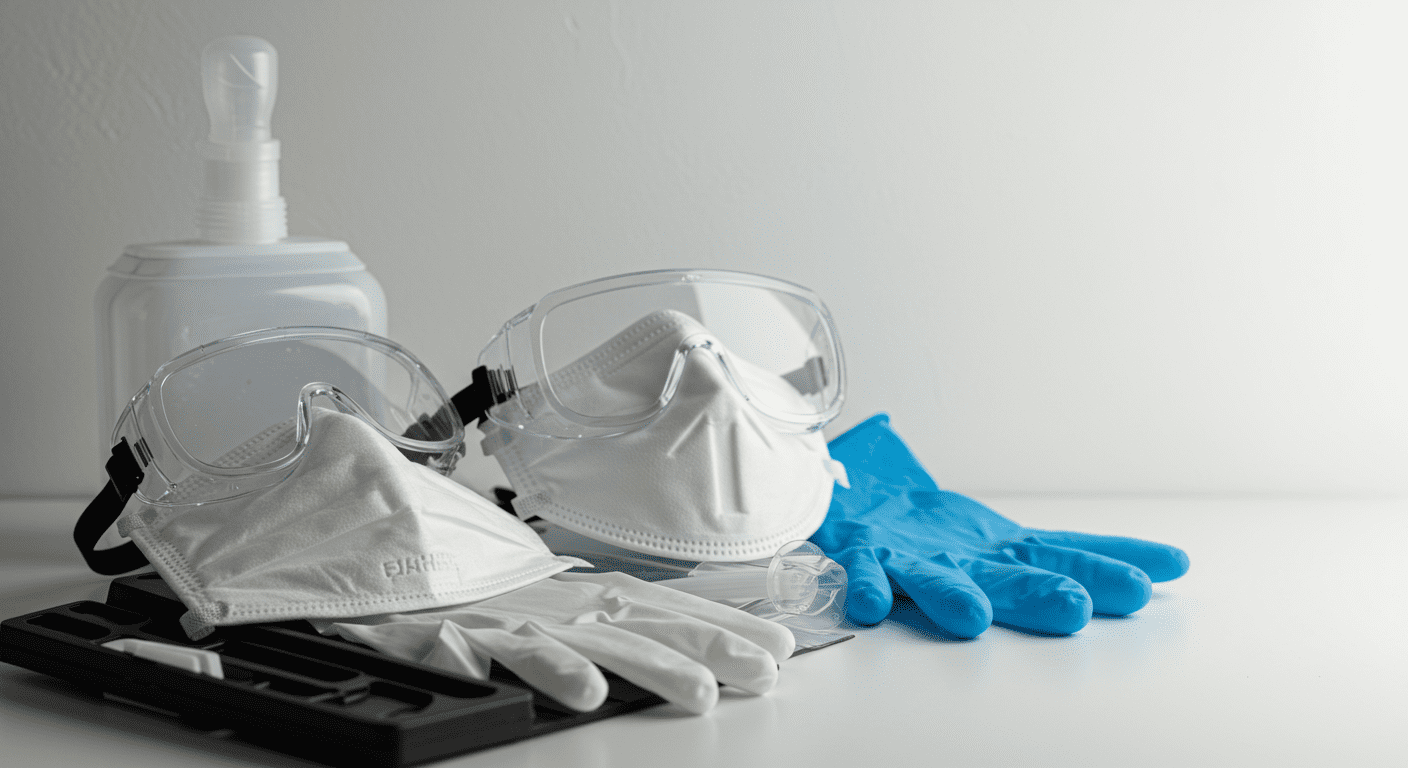
Conclusion
Mold removal and prevention require a proactive approach to ensure a safe and healthy living environment. By understanding the risks, following effective removal techniques, and implementing preventive measures, you can protect your home and loved ones from the dangers of mold. Whether you choose to tackle the problem yourself or seek professional help, addressing mold issues promptly is the best way to maintain a mold-free home.
